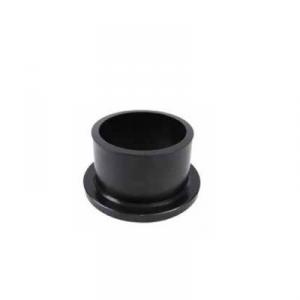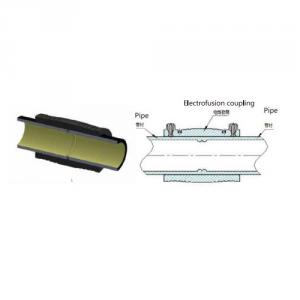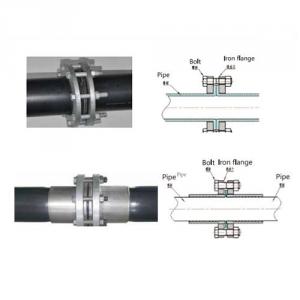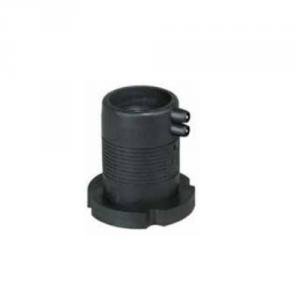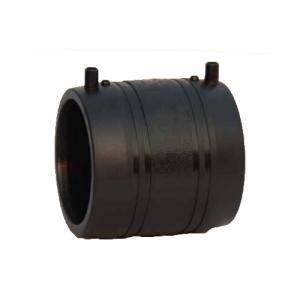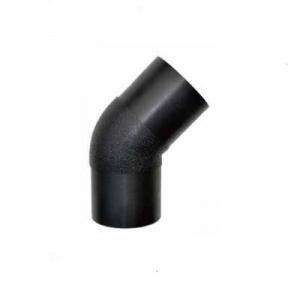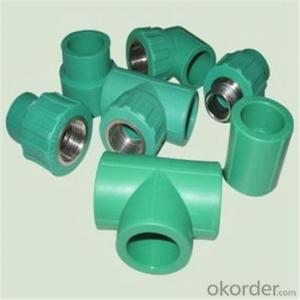Aluminum Transition Plate
Aluminum Transition Plate Related Searches
Led Light Bulbs For Ceiling Fixtures Led Lamps For Ceiling 42 In Ceiling Fan With Light Aluminum Coil Stock For Gutters Aluminum Foil For The Grill Hole Saw For Aluminum Plate Aluminum Tread Plate For Trailer Bow Plate For Aluminum Boat Aluminum Foil For Grow Room Aluminum Foil For Joint PainHot Searches
Stock Price For Aluminum Aluminum Coil Stock For Sale Aluminum Gutter Coil For Sale Used Aluminum Scaffolding For Sale 1/4 Aluminum Plate For Sale Aluminum Bar Stock For Sale Aluminum Round Stock For Sale Aluminum Diamond Plate For Sale Aluminum Scaffolding For Sale Craigslist 6061 Aluminum Plate For Sale Aluminum Dock Plate For Sale 7075 Aluminum Plate For Sale Aluminum Tread Plate For Sale Aluminum Checker Plate For Sale Aluminum Plate For Sale Near Me Plate Aluminum For Sale Aluminum Plate For Sale Aluminum Square Stock For Sale Aluminum Flat Stock For Sale Billet Aluminum Stock For SaleAluminum Transition Plate Supplier & Manufacturer from China
Okorder.com is a professional Aluminum Transition Plate supplier & manufacturer, offers integrated one-stop services including real-time quoting and online cargo tracking. We are funded by CNBM Group, a Fortune 500 enterprise and the largest Aluminum Transition Plate firm in China.Hot Products
FAQ
- Yes, plastic pipe fittings can be used for oil and gas pipelines. However, it is important to ensure that the chosen plastic material is suitable for the specific application, meets industry standards, and has the necessary durability and chemical resistance to handle the pressures and corrosive nature of oil and gas transmission.
- Yes, plastic pipe fittings typically require a special adhesive or sealant specifically designed for use with plastic materials. These adhesives or sealants help ensure a watertight and secure connection between the fittings and the pipes, preventing leaks and maintaining structural integrity. It is important to choose the appropriate adhesive or sealant based on the type of plastic and the specific application to ensure proper bonding and long-lasting results.
- The different connection methods for plastic pipe fittings include solvent cementing, compression fittings, push-fit fittings, and threaded fittings.
- Yes, plastic pipe fittings can be used for stormwater management. Plastic pipe fittings are commonly used in stormwater management systems due to their durability, flexibility, and resistance to corrosion. They offer a cost-effective solution for managing stormwater runoff and can be easily installed and maintained.
- Yes, plastic pipe fittings can be resistant to ultraviolet degradation. Many plastic materials used in pipe fittings, such as PVC (polyvinyl chloride) and CPVC (chlorinated polyvinyl chloride), are formulated to have UV stabilizers that protect against the harmful effects of ultraviolet radiation, making them suitable for outdoor applications. However, the degree of UV resistance can vary depending on the specific material and its formulation, so it is important to choose fittings specifically designed for UV exposure if required.
- To connect plastic pipe fittings to copper pipes, you can use a transition fitting called a push-fit connector. These connectors have a plastic component that fits securely onto the plastic pipe and a brass or copper component that connects to the copper pipe. The connection is made by simply pushing the plastic pipe into the push-fit connector until it locks in place, ensuring a watertight seal.



































